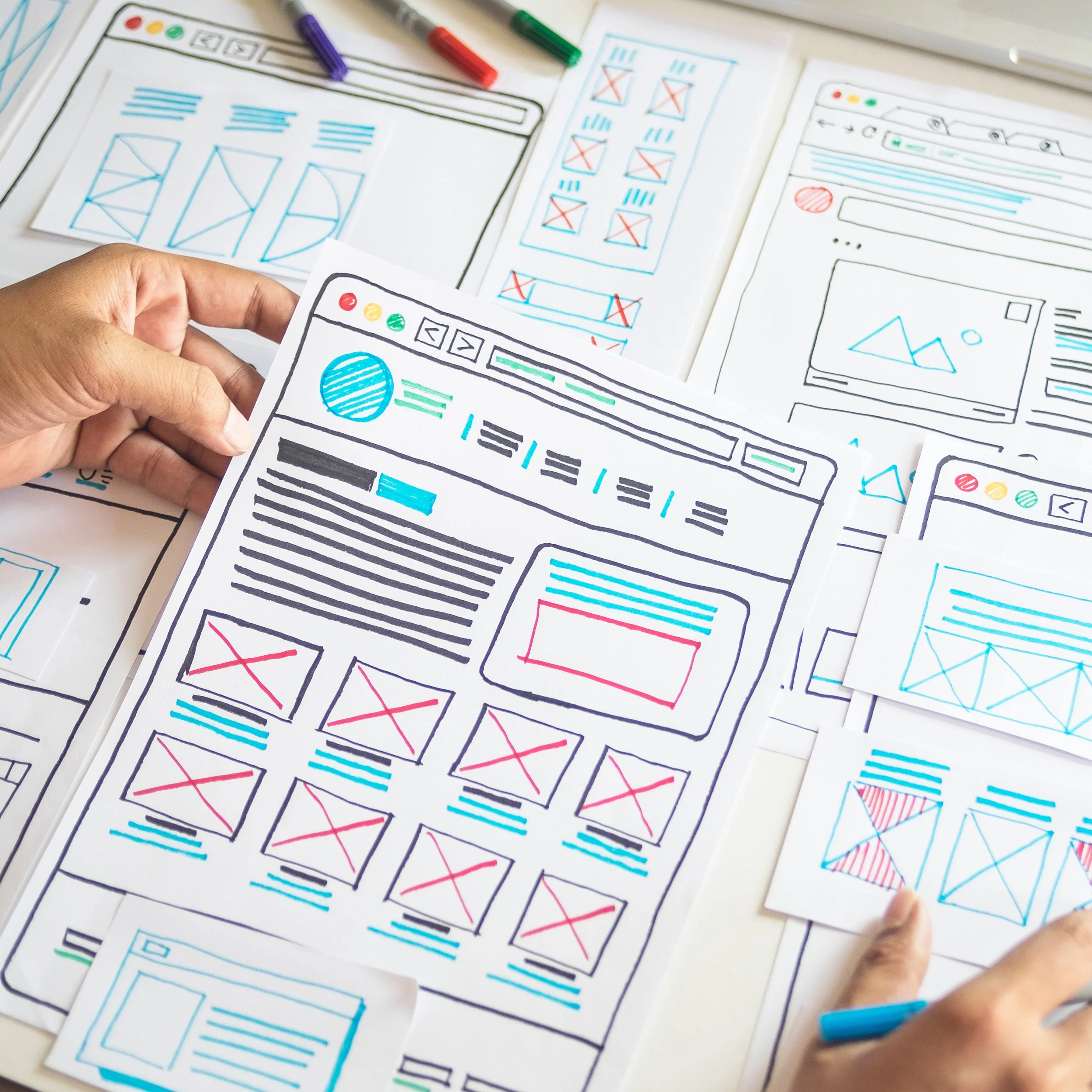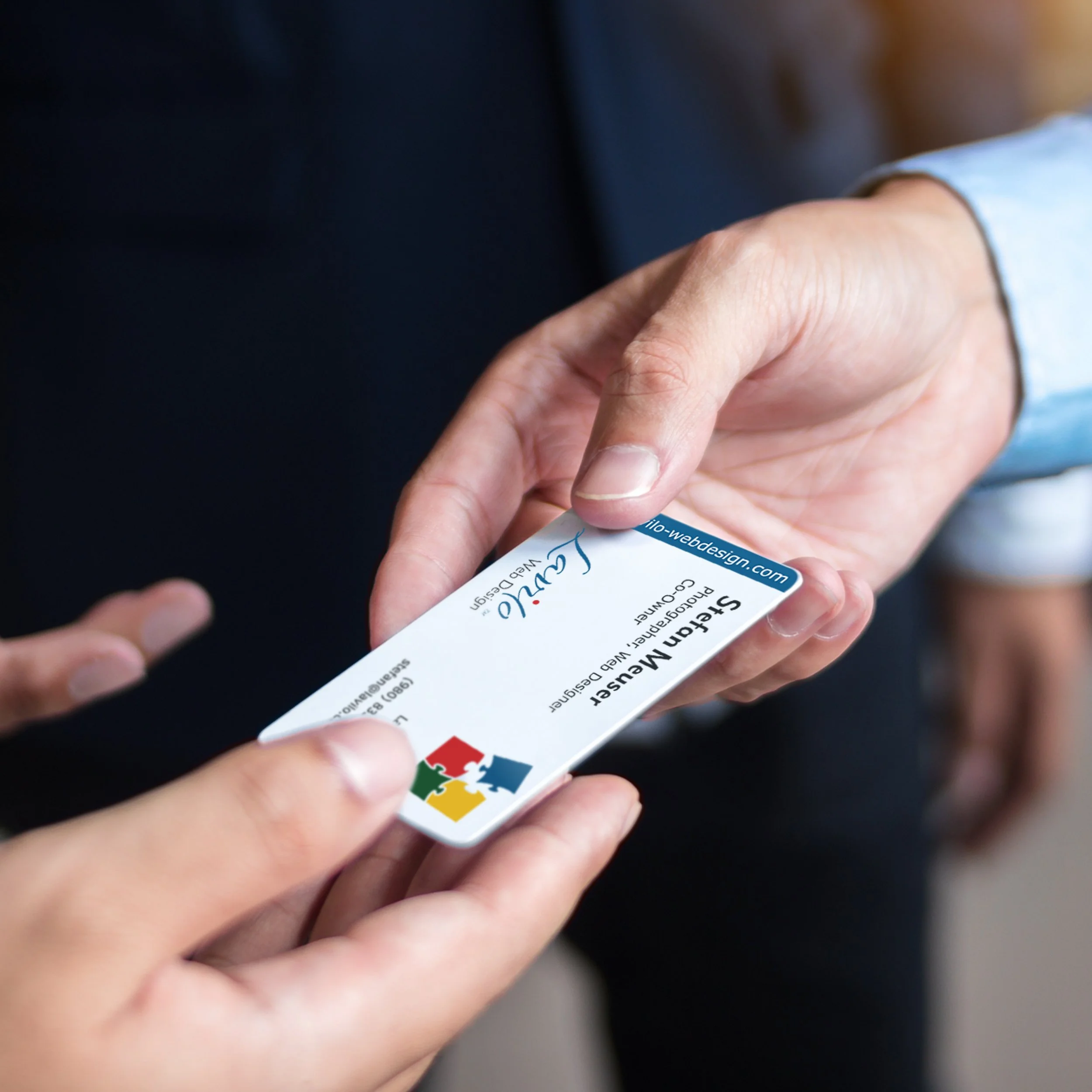5 Myths About Logos Debunked
Logos should be distinctive and convey feelings and emotions to make them more memorable.
A myth is a widely held but incorrect belief or idea.
Unfortunately, there are many misconceptions about logos, including their role, purpose, and design choices.
Here are my top five debunked myths, along with five design tips to elevate your logo and make it stand out from your competitors.
Myth 1: Logos Inform What Your Business Does
Logos that include your services can appear cluttered and confusing.
Additionally, logos that focus too much on providing information can be seen as generic and bland.
The primary purpose of a logo is not to describe what your business does; that's what your marketing materials, like flyers and brochures, are for. Instead, logos are symbols that identify your business.
Tip 1: Logos Identify Your Business
Logos don't need to say a lot; they are symbols that target audiences recognize, remember, and associate with businesses.
As symbols that identify businesses, logos should be distinctive and convey feelings and emotions to make them more memorable.
Myth 2: Logos Are Works of Art
While logos must be well-designed to be remembered, complex and overcomplicated designs with many colors and typefaces can be heavy on the eyes and are often ignored.
Tip 2: Logos Are Symbols
Effective logos are both simple and unique, easily legible, and yet memorable.
They must maintain their signature look in color but also in black and white.
Good logos strike a balance between simplicity and creativity, allowing them to be versatile while visually expressing the essence of their brand.
Myth 3: Logos Are Separate From Your Brand
Logos that are not aligned with their brand or don't appeal to their target audience can look out of place, random, or even cheap. While these designs may be visually appealing, they often fail to tell their brand's story effectively.
Tip 3: Logos Are Visual Expression of Your Brand
Successful logos are relevant to their brand and target audience.
As a brand's visual expression, logos are closely linked with the brand whose story they tell. That linkage increases the coherence of all brand design elements like photos, videos, shapes, colors, and typefaces, strengthening the overall brand.
Myth 4: Logos Are Fixed
Logos are frequently used across various media, such as large prints, signs, letterheads, social media, websites, and advertising on mobile phones and desktops. With such a broad range of requirements, the inability of a logo to scale limits its potential use, diminishing brand consistency and weakening a brand.
Tip 4: Logos Are Versatile
Scalable logos are highly versatile and look great in any size without losing their signature look.
They are usually vector graphics that preserve their crisp and clear appearance even on a giant billboard format, unlike JPEGs that pixelate when enlarged.
Myth 5: Logos Follow Trends
Logos also follow trends, but unlike fashion, they do so at a much slower, glacial pace.
Since rebranding can be expensive and disruptive, it is best to avoid it unless you apologize when you hand out your business card, have difficulties connecting with your audience, or face resistance to price increases.
However, the best logos are timeless.
Tip 5: Logos Are Timeless
Timeless logos are simple yet creative.
Using a unique typeface, such as Chanel, Lindt, Elle, or Bulgari, can often be sufficient. Adding icons would distract from the distinctive shape of the letters and their spacing between them (kerning).
Unaffected by passing trends, timeless logos will always feel fresh and new.
Logos Express a Brand Visually
Designing a logo that captures the essence of a brand requires a deep understanding of a brand's purpose, vision, mission, values, personality, and promise.
Even then, it takes time and creativity to develop a design that is simple and legible yet appealing and coherent. Maybe it will also be timeless.














